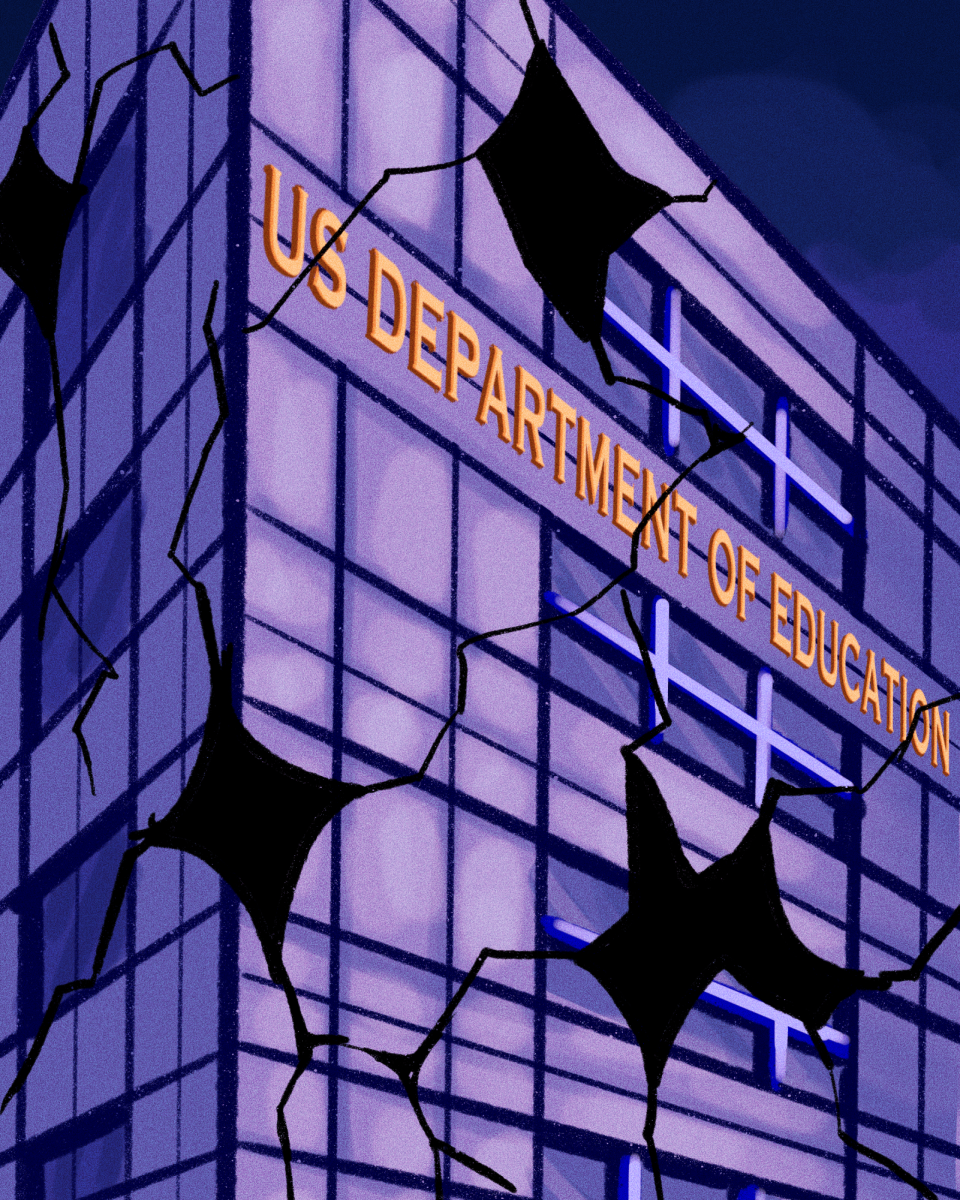After two years of decline, charitable giving rose in 2010, and a UT administrator said donations to UT recovered even more quickly.
Charitable giving increased 2.1 percent last year after a 13 percent decline following the 2008 recession, according to a report by the Giving USA Foundation. The foundation announced that contributors, including individuals, corporations and foundations, donated approximately $290.89 billion in charitable contributions in 2010, an increase from $280.30 billion in 2009.
John McCall Jr., associate vice president for the University Development Office, said donations to UT fell 22 percent following the recession, after an all-time high of $383.6 million during fiscal year 2007-2008.
However, McCall said UT had already experienced a rebound of 4.3 percent during fiscal year 2009-2010, partly because donors did not stop giving.
“Contributions have continued to grow in spite of the dip of the economy because donors do believe in us, in the impact and mission of the University,” he said.
McCall said the University is in constant communication with its donors in an effort to maintain a strong relationship and inform them how their gifts are applied.
UT is currently sitting at $323 million in donations and climbing, a figure that represents 9 percent of the University’s budget.
Giving USA’s figures show an estimated $211.77 billion, or 73 percent, of contributions in 2010 came from individuals while the rest were from corporations, foundations and charitable bequests.
Religious organizations received the largest chunk of donations, 35 percent, while international groups saw the largest increase, 13.5 percent more than gifts in 2010. This is a reflection of increased interest in international causes, according to the report.
Giving USA spokeswoman Sharon Bond said charitable giving constituted about 2 percent of the U.S.’ gross domestic product.
Bond said the recession had a huge impact on charitable dollars, but that organizations managed to survive regardless.
“The ones that survived and thrived were the ones that stayed in contact with their donors and made a really good case of why their organizations deserved to be supported,” Bond said.
Adriene Davis, spokeswoman for the Center on Philanthropy at Indiana University, said Giving USA hired the center to do the research and writing for the report.
“We’re seeing that philanthropy really is a core American value in difficult and in good times alike,” Davis said.
She said there are now as many as 1.4 million charities in the U.S. and that it is becoming easier for them to connect with and attract donors.
Arabella Philanthropic Investment Advisers hosted a webinar Tuesday where leading experts in philanthropy discussed Giving USA’s findings.
Peter Frumkin, UT professor and director of the RGK Center for Philanthropy and Community Service, said in the webinar that donor strategies are not usually guided by data and that there was a more important concern for them.
“What’s the social value that is being created through philanthropy?” he said.
Frumkin said donors are wondering whether their money is having a noticeable impact, and if so, what it may be.
Peter Fissinger, director of Campbell & Company consultants, agreed this was a key question for donors.
“All of us give to organizations that we care about, and part of caring about them is having a relationship with them,” he said.
Fissinger said it would take five to six years for philanthropy in the U.S. to return to pre-2008 levels, but that 2010 hopefully marked the end of the recession on charitable giving.














